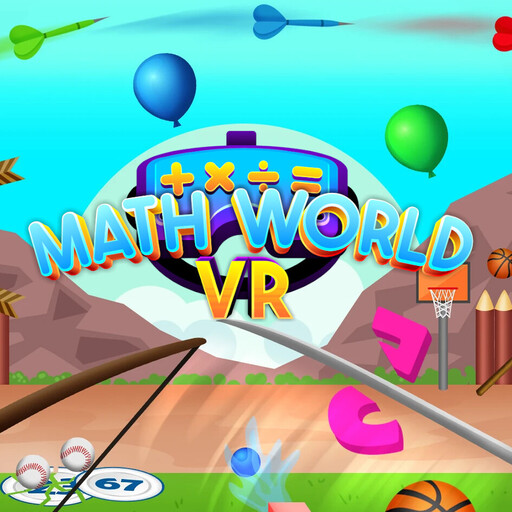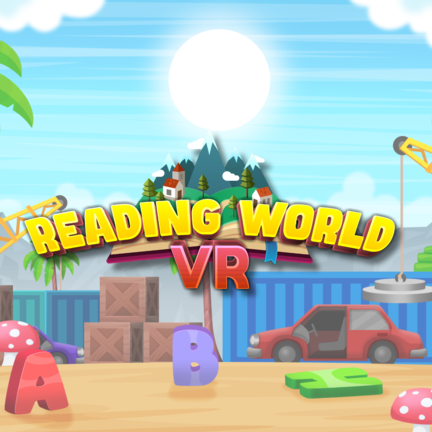In the evolving landscape of education, traditional teaching methods are being supplemented and sometimes replaced by more engaging, interactive techniques. One such innovative approach is the integration of educational games into the classroom. These games not only make learning enjoyable but also enhance students’ comprehension and retention of concepts. This article will provide a comprehensive guide on how to seamlessly incorporate educational games into your classroom, transforming your lessons into more engaging, interactive, and effective learning experiences.
Understanding the Importance of Educational Games
Educational games, often referred to as serious games, are designed with the primary intent of teaching or learning. They offer a practical, fun, and engaging platform for students to learn and apply concepts. These games can help students develop a wide range of skills, including problem-solving, critical thinking, collaboration, and communication. Moreover, they can cater to different learning styles, making education more inclusive and personalized.
In the context of a modern classroom, educational games can serve as powerful tools to stimulate interest, foster understanding, and promote retention of knowledge. They bridge the gap between learning and fun, making education a more exciting journey for students.
Choosing the Right Educational Games
The first step in integrating educational games into your classroom is selecting the right games. The games should align with your curriculum and learning objectives. They should be age-appropriate and cater to the diverse learning needs and styles of your students.
The internet is a treasure trove of educational games, both free and paid. These platforms offer a wide range of games for various subjects and grade levels. When choosing games, consider the skills and knowledge that the game can help students develop. Also, consider the game’s difficulty level, the time required to play, and the technological requirements.
Remember, the effectiveness of educational games lies in their relevance to the curriculum and their ability to engage students. Therefore, it’s crucial to choose games that are not only fun but also meaningful and educational. The right game can turn a mundane lesson into an exciting adventure, making learning an experience that students look forward to.

Integrating Games into Your Lesson Plans
Once you’ve chosen the right games, the next step is integrating them into your lesson plans. Here are some strategies to do this effectively:
- Start Small: If you’re new to using games in the classroom, start small. Use games for short activities or as a supplement to your lessons. As you and your students become more comfortable with games, you can gradually make them a more integral part of your lessons.
- Align Games with Learning Objectives: The games you use should align with your learning objectives. Before playing a game, clearly explain to your students what they will learn from it. After the game, discuss how it relates to the lesson and what they learned from it.
- Use Games for Assessment: Games can be an effective tool for formative assessment. They can help you gauge students’ understanding of a topic and identify areas where they may need more practice.
- Encourage Collaboration: Many educational games promote collaboration. Use these games to encourage teamwork and cooperation among your students. This not only enhances their learning experience but also fosters a sense of community in the classroom.
- Provide Support: While games can make learning more self-directed, it’s important to provide support and guidance. Be available to help students who may struggle with the game or the concepts it teaches. Your role as a facilitator is crucial in ensuring that the gaming experience is beneficial and enriching for all students.
Remember, the goal is not to replace traditional teaching methods with games, but to use games as a tool to enhance learning and make it more engaging. With careful planning and execution, games can be a powerful addition to your teaching arsenal.

Parent-Teacher Collaboration: A Unified Approach to Educational Gaming
The integration of educational games in the classroom doesn’t just involve educators and students; parents play a pivotal role in this equation. A unified approach, where educators and parents collaborate, can amplify the benefits of educational gaming.
1. Open Communication:
- Importance: Keeping parents informed about the games being introduced, their educational objectives, and their relevance to the curriculum ensures transparency.
- Action: Regular newsletters, parent-teacher meetings, or digital platforms can be used to communicate the game-related plans and updates.
2. Consistent Reinforcement:
- Advantage: When the learning from educational games is reinforced at home, it solidifies the concepts and enhances retention.
- Action: Educators can provide parents with suggestions on related games or activities that can be played at home to complement classroom learning.
3. Addressing Concerns:
- Importance: Parents might have reservations or concerns about screen time, game content, or the efficacy of game-based learning.
- Action: Open dialogues where educators address these concerns, share research on the benefits of educational gaming, and provide guidelines on balanced screen time can be beneficial.
4. Collaborative Game Selection:
- Advantage: Involving parents in the game selection process can provide diverse perspectives and ensure that the games align with both educational and cultural values.
- Action: Surveys, feedback sessions, or parent committees can be established to gather input on game selection.
5. Home-School Gaming Projects:
- Advantage: Collaborative projects where students engage in game-based activities across home and school settings can foster a deeper parent-child-teacher connection.
- Action: Assign projects that require students to play a game both in class and at home, followed by discussions or presentations that involve parents.
6. Parental Involvement in Gameplay:
- Importance: When parents actively participate in gameplay with their children, it not only strengthens the parent-child bond but also provides parents with insights into the educational value of the game.
- Action: Organize game nights or workshops where parents and students can play together, guided by educators.
Conclusion
Integrating educational games into your classroom can revolutionize your teaching approach and significantly enhance your students’ learning experiences. It can transform learning from a passive activity into an engaging, interactive, and fun process. While it may require some planning and preparation, the benefits are well worth the effort. So, start exploring the world of educational games and bring the joy of learning to your classroom.
Remember, the goal of using games in the classroom is not just to make learning fun, but to make it more effective. So, choose your games wisely, integrate them thoughtfully into your lessons, and watch your students thrive.
With the right games and the right approach, you can turn your classroom into a dynamic, engaging, and effective learning environment. And in doing so, you’ll not only enhance your students’ academic performance but also instill in them a lifelong love for learning.








